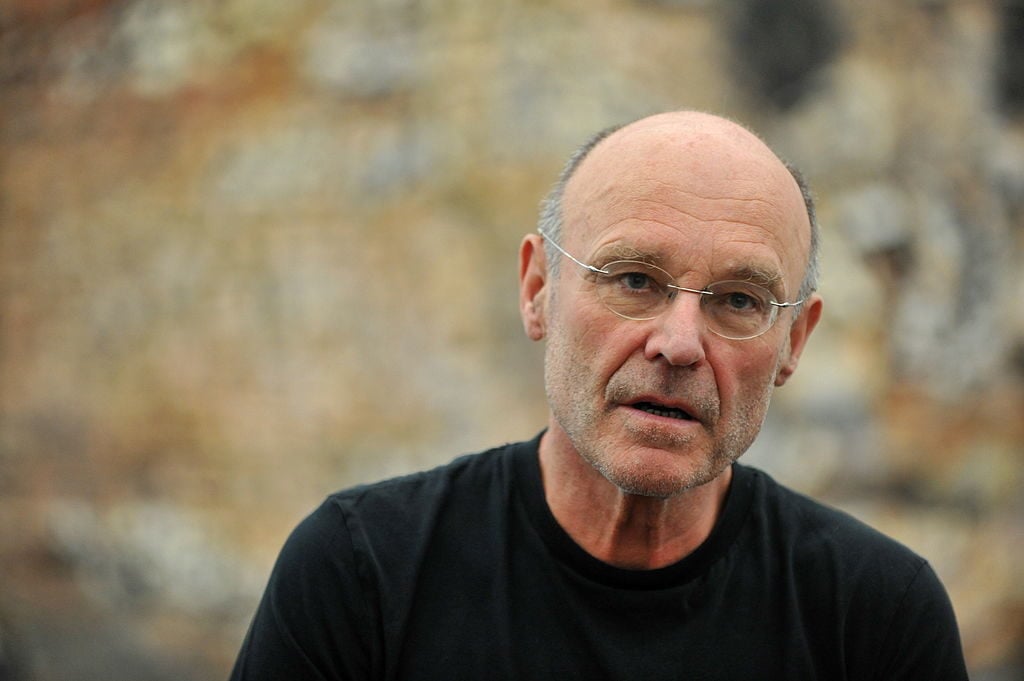Art & Exhibitions
Organizers of Disavowed Anselm Kiefer Exhibition Speak Out
The curator is claiming Kiefer's galleries wanted to protect his market.

The curator is claiming Kiefer's galleries wanted to protect his market.

Amah-Rose Abrams

The controversial Anselm Kiefer exhibition held at the Central Academy of Fine Arts Museum (CAFAM) in Beijing may have just closed but the debate surrounding the show, which was organized without the permission of the artist or his representing galleries, rages on. As the exhibition prepares to tour other institutions in China the organizers of “Anselm Kiefer: Coagulation” have spoken out in their rejection of the criticisms leveled at them by art world titans White Cube, Gagosian, and Thaddaeus Ropac.
Kiefer spoke against the exhibition in November 2016, stating that the planning of the show had gone ahead without consulting him, and hit out at the organizers, Bell Art, for falsely claiming that he had endorsed the project.
“I would like to make clear that I was not consulted about the planned exhibition of my work, Anselm Kiefer in China, and am deeply disappointed that it is taking place without my involvement or consent,” an email sent to artnet News read. “Throughout my career I have been heavily involved in all my major international exhibitions and it is a matter of deep regret and frustration that the organizers of my first show in China have seen fit to exclude me from this process.”
Now the curator and newly appointed president of the German committee of the International Council of Museums (ICOM), Beate Reifenscheid, who has always defended the project, is claiming that the galleries involved didn’t want the exhibition to go ahead as they wanted control over Kiefer’s work in the Asian market. The show consists of 87 artworks: 80 are from the collection of Chinese born German resident, collector Maria Chen Tu, while the remaining seven belong to private collectors who loaned works to the Ludwig Museum in Koblenz, which Reifenscheid directs.
“Curators must respect the artist but also be able to work for the wider public’s benefit,” Reifenscheid said, according to The Art Newspaper. “If all artists and their art dealers could control when, where, and why their art is displayed in museums after it’s sold, the public interest would not be fully served.”
Ropac has rebuffed the claims stating: “We categorically reject the idea that we were against the exhibition at CAFAM in Beijing because of commercial interests…Our role is to support our artists in all their ideas and projects, whether they are commercial or not.” he said in a statement to TAN.
Colleagues of the curator have spoken out in her defense, claiming that big galleries such as Ropac, White Cube, and Gagosian, who released a statement, wield too much power.
“I am convinced that the so-called global players in art dealing threaten not only curatorial freedom… they work hand-in-hand with private and allied collectors,” writer and curator Klaus Honnef told TAN. “Nearly all important artists, meaning those with high commercial potential such as Kiefer, are represented by these powerful art dealers… who are protecting their financial interests. This is the real background to the problems with the CAFAM exhibition.”
The three further stops on the proposed tour of “Coagulation” may now no longer go ahead, according to TAN.